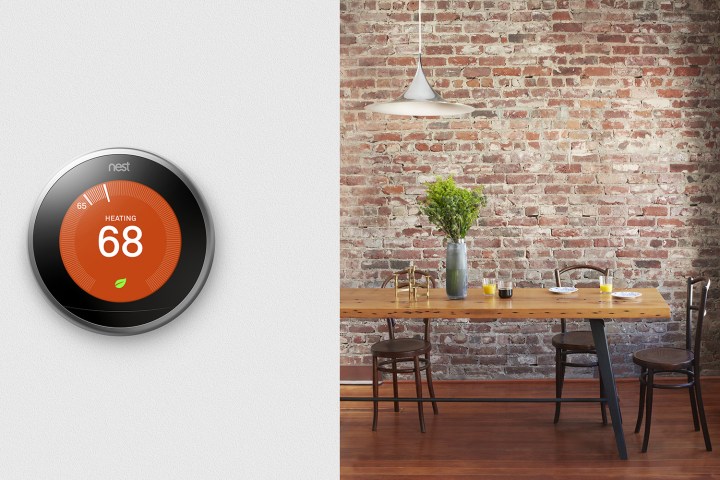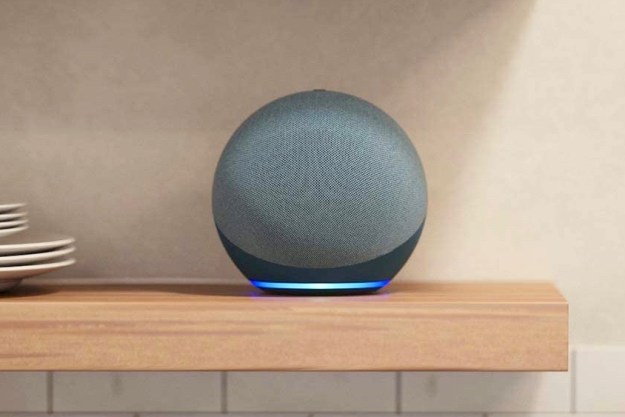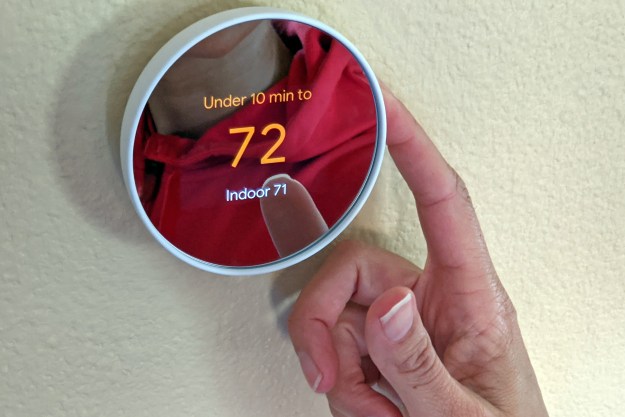
“Woke this morning to a dark Nest. Had to plug it into the computer long enough so I could use it manually. The battery was completely drained…” wrote one user on Nest’s community forums. “During the winter, this isn’t a good thing. This means we have no heat.”
Google-owned Nest acknowledged the problem and started working on a fix, which currently works for 99.5 percent of those affected. The cause was apparently a December update that caused the glitch in early January. “We had a bug that was introduced in the software update that didn’t show up for about two weeks,” Matt Rogers, the co-founder and vice president for engineering at Nest, told The New York Times.
The fix involves removing the device and charging it with a USB cable for about an hour, as well as pressing a series of buttons. Maybe not too difficult if you wake up with chilly toes, but many Nest users rely on the Wi-Fi-enabled thermostat to keep the temperature consistent in second homes that likely aren’t just down the street.
In addition to the issues Nest had with its thermostat last year, its Protect smoke alarms have also had some problems. In April 2014, Nest temporarily pulled the device from shelves because a software flaw had the potential to cause it to “sleep” (the function you use to silence during a false alarm) during an actual emergency.
Editors' Recommendations
- Google rolls out new Nest Cam features to Google Home for web
- Nest Hub Max vs. Skylight Cal Max: Which is best for your home?
- Google Home adds new camera features and support for Nest Cam Outdoor
- Google Home adds support for Nest Cam Indoor
- How to set up your smart home for beginners


